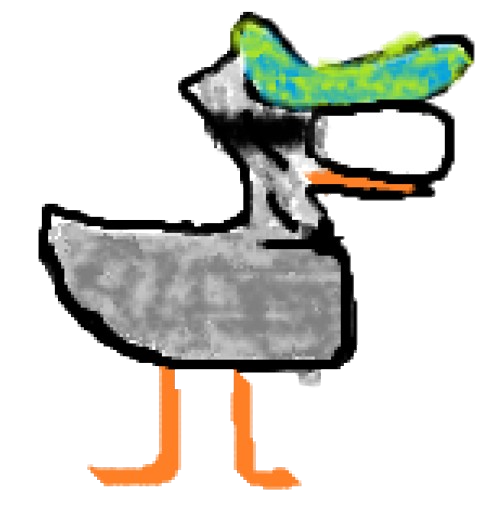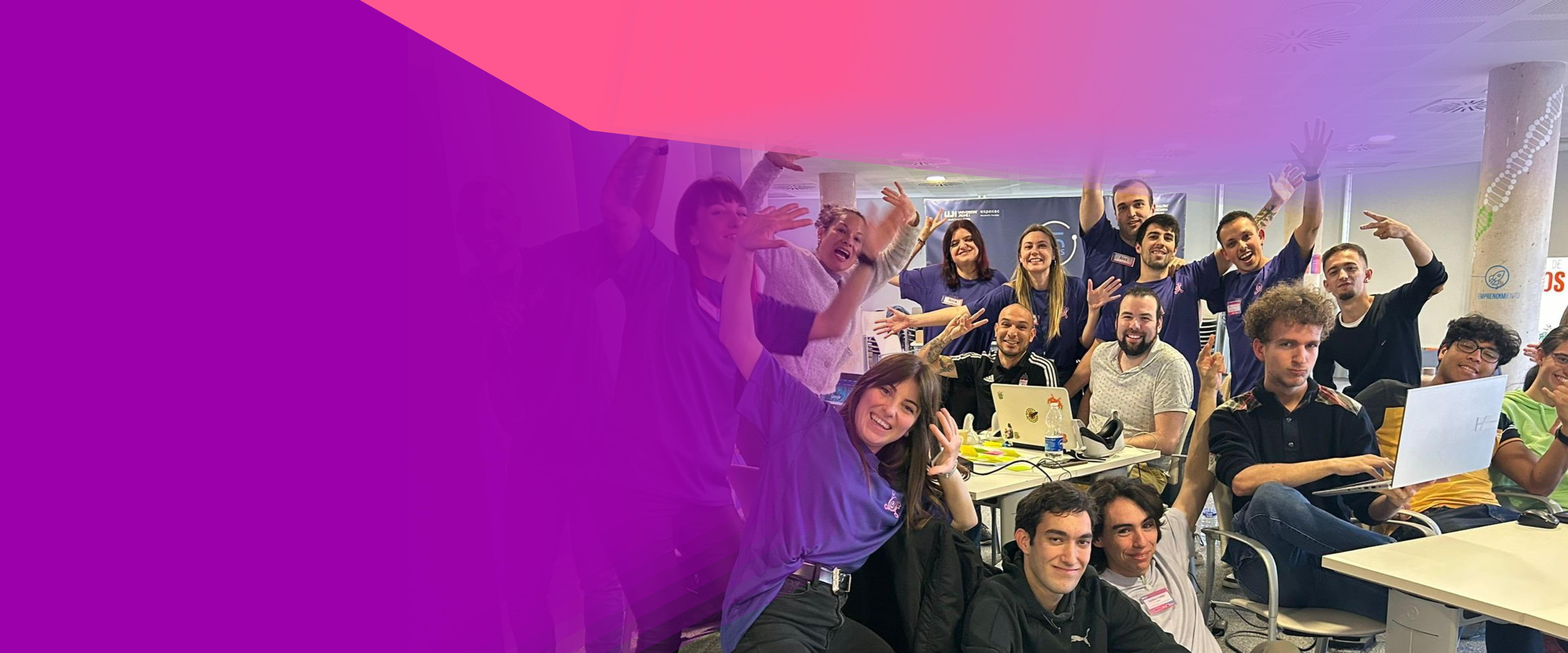2023 AWARD WINNER
Experienced Awards: Social impact
Artificial Reality
Solution summary
This project introduces Virtual Reality (VR) into the educational landscape and aims to bridge geographical and economic gaps to provide high-quality STEM education and inclusivity for all children, regardless of their physical location or abilities. It offers immersive, practical, and visually stimulating teaching methods that ignite children's interest in STEM subjects and fosters deeper understanding and retention of complex concepts.
This project advocates for the integration of VR technology into STEM education to ensure that every child has to learn and thrive: it envisions the creation of a fully virtual high school, breaking down barriers to education and offering a flexible and inclusive learning experience for all children, and prioritises accessibility and equal opportunities by addressing the needs of children with disabilities.
The uniqueness of this project lies in the utilisation of Virtual Reality as a powerful educational tool, offering unparalleled immersion, interaction, and adaptability.
Read the full description below.
Solution details
We propose introducing VR into the schooling system as a teaching tool, and also creating a virtual school for kids with disabilities.
It's important that you see the trailer that sums up our objectives in two minutes: https://youtu.be/QQdPneQwuYU
Tweet / Slogan
Virtual Reality is the newest tool for education, and if kids can't go to the school, we will bring the school to them.

Amp Empire

Resources
This is Artificial Reality, a game modeled in 3DSMax and programmed in Unity.
Link to the trailer: https://youtu.be/QQdPneQwuYU
Link to the 360º tour: https://youtu.be/RThdECVOCVg
Context
STEM careers are not easy to digest, many kids all around the world do not seem to find interest in them due, mainly, to the method they use to teach them. Schools are limited physically and economically, at the cost of educational quality. Additionally, due to geological and economic situations, kids can get isolated from school, sacrificing their education.
With our project we aim to solve three main problems: Firstly, we want to improve STEM education by introducing Virtual Reality as a teaching tool, with such technology kids can easily learn thanks to more practical and visual teaching methods. Secondly, we plan on developing this idea into a completely virtual high school, where kids all around the world can go to class without having to worry about their location. Lastly we wish to aid every kid with any kind of problem or disability which makes them unable to attend a physical school.
Who Benefits?
Children, the future of society. Their education is obsolete in a world with the internet, AI, games... Artificial Reality offers a place and a series of activities made to engage kids and help them understand certain concepts through experimentation and immersiveness.
Isolation. Many of them, because of geographical distance, physical disabilities, resources - get isolated from schools and the education system. In a virtual world, they could attend anywhere, no boundaries and no limits. We could even create international schools where discrimination does not exist.
To summarize, our target groups are high schools and everyone involved in them, from students to teachers.
Impact
This could impact greatly the future generations, who will have a high quality education. We could reduce school drop-outs, increase availability for everyone’s education (SDG 4 quality of education) and increase the percentage of people who select STEM careers. This is not just a game, it is a new way of teaching, of interacting with concepts and, ultimately, of learning. We could add to globalization, interconnecting classrooms from all around the world. Breaking physical and political barriers. And with new ways to interact with others.
A way in which we could measure this impact, would simply be to look at how many people use this program, and how many governments or independent organizations would like to introduce this learning tool. We could contact different high schools, and propose to them this software as well as the possibility of producing custom programs based on the teaching topic.
Team work
This project was developed by three seventeen-year-olds with a passion for computer science and gaming: -Marcos: loves engineering and programming. -Diego: with experience coding and 3d modeling abilities. -Pablo: visual component and experienced in AI (which could be introduced in the future to this project). With this project we have been able to mix everyone's best qualities, and achieve something we are really proud of. We enjoyed every single step of this project, and would love to explore further development of this project.
Innovativeness
Virtual Reality offers the immersiveness, interaction and adaptability that any other solutions cannot (like regular games). And, even though there are some virtual games related to education, there is no such thing as a complete or official one, they are for personal use. After some research, we found out about a completely virtual high school developed in the USA, Florida, in which due to the COVID-19 situation, “Óptima Classical Academy de Naples” decided to introduce completely virtual classes. But we have no notice of anything else, as this is a very new concept that is still waiting to be developed. We want to raise awareness of this unexplored concept and develop it further.
Transferability
This software can be applied in holistic education (traveling to other time periods or creating 3D art) not only in the STEM themes but in every kind of education. And it could also be used in the future to interact with other adults from around the world, not only kids. This is an extremely versatile concept, we can focus development on any aspect of education, the limit is your imagination, any kind of subject we would need to explain, for example Ancient Egypt, we could recreate a pyramid in which every room teaches some different concept.
Sustainability
In less than 5 years we envision an XR education, where virtual and regular education mix, to give kids the best opportunities. And in a decade, we imagine a virtual school where children all around the world can interact and learn regardless of the confines of the real world. Many people with which we have debated about all these concepts complain about how it would be so expensive to buy so many Virtual Reality headsets, but it’s a really simple concept actually, a lot of countries have a free education system, and we already pay taxes which go towards funding those schools. Why could we not redirect this fundings towards buying some custom-made headsets? Let’s talk about data, Spain gives on average for every child 6.662 €, we believe it would be cheaper to maintain a virtual school.




